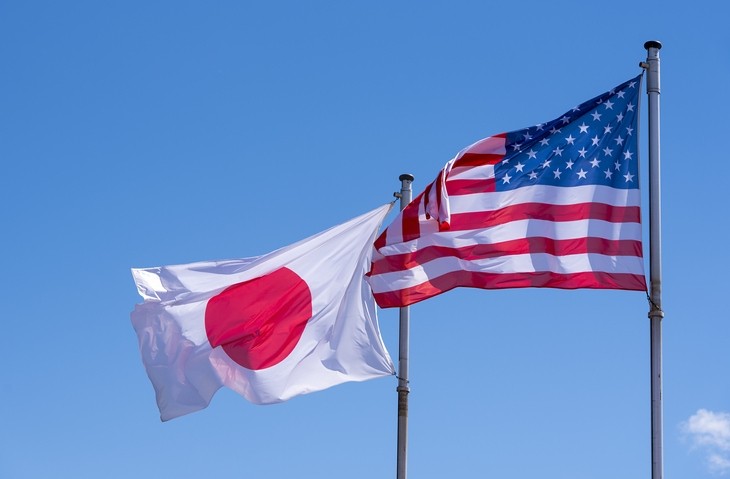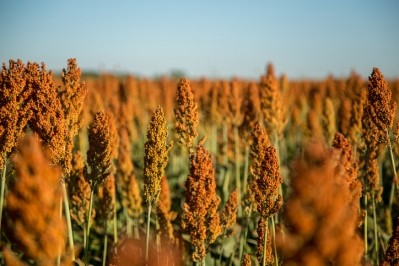US feed, ag industry members welcome US-Japan trade progress

Japanese prime minister, Shinzo Abe, and US president, Donald Trump, announced on Wednesday [September 25] an interim agreement highlighting early achievements in negotiations in areas such as market access for several agricultural goods.
The partial US-Japan trade agreement is set to take effect in January, with talks on a larger trade deal getting underway then four months later.
When the agreement is implemented by Japan, American farmers and ranchers will have the same advantage as Comprehensive and Progressive Agreement for Trans-Pacific Partnership (CP-TPP) countries selling into the Japanese market, reported the office of the US Trade Representative (USTR).
The US is no longer a member of the TPP, having ceased work with the multi-country trade agreement in 2017.
'Level playing field'
The agreement has Japan lowering or ending tariffs on select US feed and agricultural products. Japan also is set to provide preferential US-specific quotas for some agricultural imports.
For US feed manufacturers, the trade deal would allow further expansion into what is an important market, said the American Feed Industry Association (AFIA).
AFIA president, Joel Newman, praised the US and Japanese leaders for "returning to the table to negotiate a bilateral trade deal that will put US agricultural products back on a more level playing field with its competitors in the region."
He noted that Japan is one of the US feed industry’s most valuable export markets, representing roughly a third of all exports for feed and pet food products.
“As the two countries work toward negotiating an agreement beyond this initial limited trade deal on tariff reductions, we hope that they will address outstanding sanitary and phytosanitary and regulatory issues our industry faces,” he added.
Ag industry response
The US Grains Council (USGC) said Japan is one of the largest and most consistent buyers of US corn – accounting for more than $2bn in sales during the most recent marketing year – along with providing a market for feed barley and sorghum.
The America Soybean Association (ASA) stressed how Japan is also a “Top 10” market for US soybeans. The US is the largest supplier of soybeans to Japan covering about 63% of the market share with exports reaching $976m in 2017.
US poultry producers also responded favorably to the news, with Mike Brown, National Chicken Council (NCC) president, saying the trade deal might allow them compete “more effectively” with producers in countries involved in the TPP.
The announcement comes at a “pivotal time” for sorghum producers, said Dan Atkisson, National Sorghum Producers (NSP) chairman.
“Japan has become a stable market for our farmers with growing interest from the consumer and feeding industries, and we look forward to increased market access, duty-free, achieved through this agreement,” he said. “We also feel this relationship with Japan marks an important step forward in further expanding trade relationships with southeast Asia where there are valuable market growth opportunities.”
Trade agreement highlights
The deal signed Wednesday immediately cuts the tariffs on more than $1.3bn in US feed and agricultural products including sorghum, according to information from the US Department of Agriculture (USDA).
Another $3bn worth of products – including whey and select pork and poultry products – are set to have a staged tariff elimination, the USDA reported.
Tariffs applied to fresh and frozen beef and pork also are set to be reduced, added the USTR. However, there also will be a provision for a limited use of safeguards by Japan for import surges on products like beef and pork – these are set to be phased out “over time.”
Along with addressing or ending tariffs on feed and agricultural products, some grains including wheat and wheat products will gain preferential market access through the creation of a country-specific quota (CSQ), as per USDA data. There also will be a reduction in the ‘mark up’ on wheat and barley exports to Japan.
A separate agreement reached between the two countries addresses areas of digital trade, according to information from the USTR.













